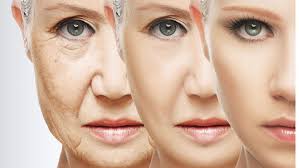Fitness at 50

Finding Fitness at 50 Improve your overall health with these age-appropriate tips As we age, the body naturally begins to lose muscular strength, balance and flexibility. Metabolism slows and the immune system weakens, but this doesn’t mean wellness is beyond reach. In fact, a fitness routine, fueled by a heart-smart diet, may help rejuvenate and inspire you to make 50 the new 20. GETTING STARTED If you are starting from scratch — you haven’t exercised in years or ever — then safety should be your top priority. Don’t rush to the gym without some guidance from your doctor and then a trainer at whichever fitness center you choose. No pain, no gain is a myth. Exercise patience as well as your body to avoid injury. FINDING BALANCE A 2016 study published by the Gerontological Society of America showed an age-related decline in balance for both men and women in their 50s, 60s and 70s. One exercise had participants attempt to...



